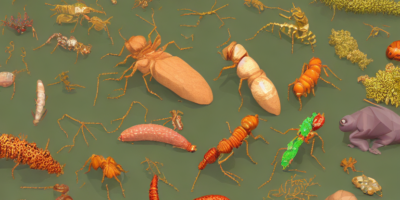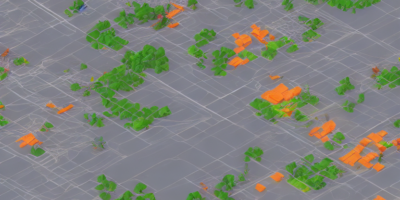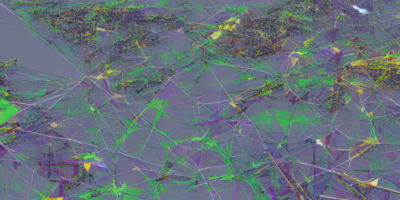Our brain is a complex organ that processes an enormous amount of sensory information every day. The way we perceive and interpret this information is crucial to our daily lives, from recognizing objects to making decisions. However, the mechanisms behind these processes are not yet fully understood. This article delves into the intricate world of perception and decision-making, exploring how our brain navigates through a sea of sensory inputs to extract meaningful information.
The Generative Model
The article starts by introducing the generative model, which is a framework used to understand how our brain processes sensory information. The generative model posits that our brain is not just passively processing sensory inputs but actively generating predictions about what we perceive. This prediction process is fueled by prior knowledge and expectations, which are constantly updated based on new experiences.
The Variational Free Energy
The next concept introduced in the article is the variational free energy. In simple terms, this measure quantifies how well our brain’s predictions align with reality. The generative model relies on the variational free energy to evaluate the quality of its predictions and update them accordingly. A lower variational free energy indicates a better fit between the prediction and reality.
Expected Free Energy
The expected free energy is a crucial component of the generative model, as it determines how likely an action is to occur based on its predicted outcome. In other words, the expected free energy reflects the expected cost or reward of each action. Actions with lower expected free energy are more likely to be chosen because they appear less risky or more rewarding.
Perception-Action Cycle
The article concludes by highlighting the perception-action cycle, which is the continuous process of perceiving, predicting, and acting upon sensory information. The generative model drives this cycle by constantly updating its predictions based on new experiences and adjusting its actions accordingly. In essence, our brain is a dynamic system that adapts to changing circumstances through an endless loop of perception, prediction, and action.
Conclusion
In summary, the article provides a comprehensive overview of the generative model, variational free energy, expected free energy, and the perception-action cycle. These concepts are essential in understanding how our brain processes sensory information, makes decisions, and adapts to new experiences. By demystifying these complex ideas, we can gain a deeper appreciation for the intricate mechanisms behind our everyday experiences.



